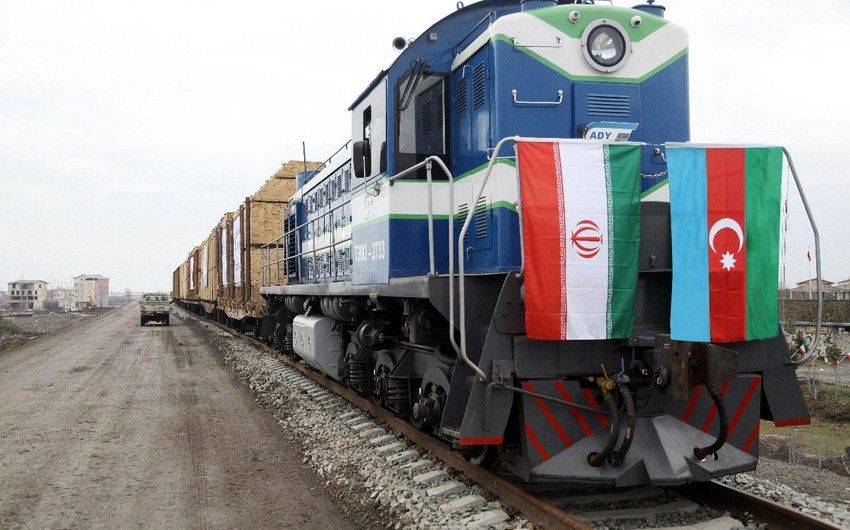Iran sets ambitious 60-million-ton goal for international cargo transit

Iran aims to significantly boost its role in global logistics by increasing transit and cargo transportation through its international transport corridors to 60 million tons per year, according to Jabbar Ali Zakeri, Deputy Minister of Roads and Urban Development and Executive Director of Iran’s Railways Company, Azernews reports.
Speaking during a meeting with West Azerbaijan Province Governor Reza Rahmani in Urmia, Zakeri stressed the need to expand freight operations along both the International North-South and East-West Transport Corridors, leveraging Iran’s strategic geographic position to become a major hub for transcontinental trade.
Zakeri revealed that the construction of the Marand–Cheshme Sorayya railway line in northwestern Iran will be carried out under a crude oil barter mechanism, underscoring the importance of this link to national infrastructure. The railway is expected to enhance connections between the Sarakhs rail terminal in the east and Cheshme Sorayya in the west, boosting the volume of Chinese goods transported through Iran.
According to the deputy minister, Iran handled 20 million tons of cargo during the last Iranian year (March 2024–March 2025), including 2.5 million tons via rail. He called for expanding both road and railway freight capabilities to meet the country's growing transit ambitions.
Iran’s ambitions are closely tied to the development of the International North-South Transport Corridor (INSTC), a multi-modal route stretching from India to Russia and Europe, aimed at reducing shipment times by half compared to traditional sea routes.
The corridor was formalized by an intergovernmental agreement signed on September 12, 2000 by Russia, Iran, and India, and later ratified by countries including Azerbaijan, Belarus, Bulgaria, Kazakhstan, Kyrgyzstan, Oman, Tajikistan, Türkiye, Ukraine, and Georgia.
One of the key sections of the corridor is the Rasht–Astara railway in northern Iran, which remains under construction. Russia and Iran signed a €1.6 billion agreement in May 2023 to build the 163-km line, which will feature nine stations and connect the Iranian railway grid directly to Azerbaijan, the Caucasus, Russia, and Northern Europe. The project is expected to be completed within 48 months.
Iran's plan to position itself as a major player in Eurasian trade also includes enhancing east-west rail and road connectivity through Turkmenistan, Central Asia, and the Caspian Sea.
With global attention increasingly focused on alternative corridors amid geopolitical shifts, Iran’s integration into regional and intercontinental transport networks is emerging as a key development in Eurasian trade logistics.
Here we are to serve you with news right now. It does not cost much, but worth your attention.
Choose to support open, independent, quality journalism and subscribe on a monthly basis.
By subscribing to our online newspaper, you can have full digital access to all news, analysis, and much more.
You can also follow AzerNEWS on Twitter @AzerNewsAz or Facebook @AzerNewsNewspaper
Thank you!

